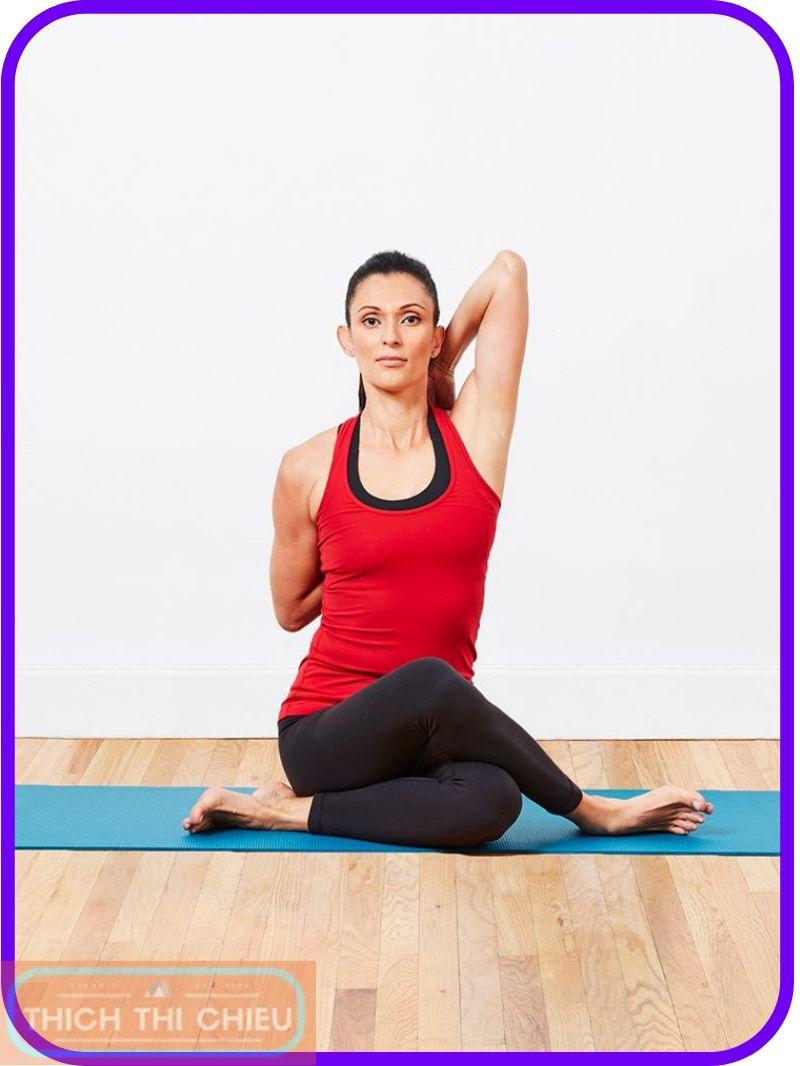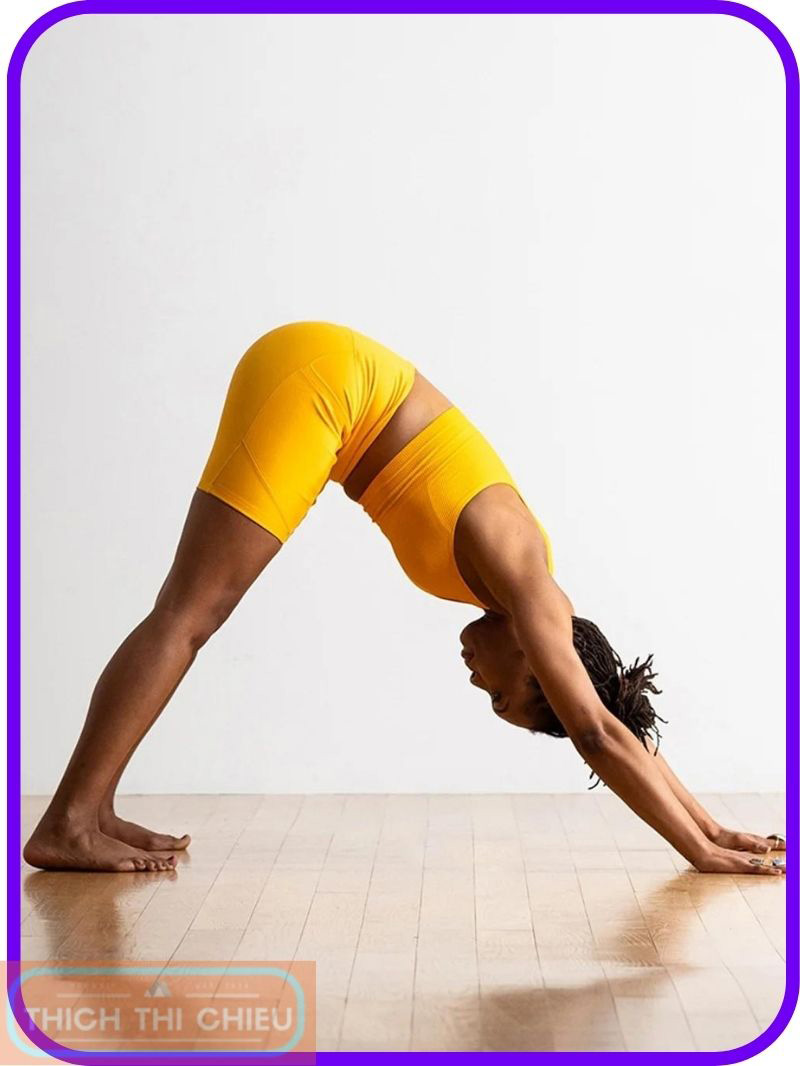Hip pain can affect people of all ages and can be caused by a variety of factors, including arthritis, injury, and overuse. While there are many different treatments for hip pain, yoga is a natural and effective way to help relieve pain and improve flexibility.
How Yoga Helps to Reduce Hip Pain
There are a number of ways that yoga can help to reduce hip pain. One way is by improving flexibility. Yoga poses are designed to stretch and strengthen the muscles around the hips, which can help to loosen tight muscles and improve range of motion. This can help to reduce pain and improve function.
Yoga can also help to reduce hip pain by promoting relaxation and stress reduction. Stress can exacerbate pain, and yoga can help to reduce stress by calming the mind and body. This can help to reduce pain and improve overall well-being.
Specific Benefits of Yoga for Hip Pain
In addition to the general benefits of yoga for hip pain, there are a number of specific benefits that yoga poses can provide. Here are a few examples:
- Improved flexibility: Yoga poses such as Bound Angle Pose (Baddha Konasana) and Pigeon Pose (Kapotasana) can help to stretch the muscles around the hips, which can help to improve flexibility and reduce pain.
- Increased range of motion: Yoga poses such as Downward-Facing Dog Pose (Adho Mukha Svanasana) and Triangle Pose (Trikonasana) can help to increase range of motion in the hips, which can make it easier to perform everyday activities.
- Reduced inflammation: Yoga poses such as Happy Baby Pose (Ananda Balasana) and Reclining Bound Angle Pose (Supta Baddha Konasana) can help to reduce inflammation in the hips, which can also help to reduce pain.
- Improved circulation: Yoga poses such as Wheel Pose (Urdhva Dhanurasana) can help to improve circulation in the hips, which can help to deliver nutrients and oxygen to the area and promote healing.
Specific Yoga Poses for Hip Pain
Here are 10 of the most helpful yoga poses for hip pain:
Bound Angle Pose (Baddha Konasana)
Bound Angle Pose is a great pose for stretching the inner thighs and opening the hips. This pose can be modified using props, such as blocks and straps, to make it more comfortable.
Cow Face Pose (Gomukhasana)
Cow Face Pose is a gentle pose that opens the hips, shoulders, and chest. This pose can be modified using props, such as blocks and straps, to make it more comfortable.
Downward-Facing Dog Pose (Adho Mukha Svanasana)
Downward-Facing Dog Pose is a classic yoga pose that strengthens the back, legs, and core. This pose can also help to open the hips.
Happy Baby Pose (Ananda Balasana)
Happy Baby Pose is a relaxing pose that releases tension in the lower back and hips. This pose is also a good option for people with hip pain who are looking for a more restorative pose.
Pigeon Pose (Kapotasana)
Pigeon Pose is a deep hip opener that stretches the hips, glutes, and inner thighs. This pose can be modified using props, such as blocks, to make it more comfortable.
Prayer Twist Pose (Marichyasana III)
Prayer Twist Pose is a gentle twisting pose that releases tension in the hips and spine. This pose can be modified using props, such as blocks, to make it more comfortable.
Reclining Bound Angle Pose (Supta Baddha Konasana)
Reclining Bound Angle Pose is a relaxing pose that opens the hips and inner thighs while relaxing the body. This pose is a good option for people with hip pain who are looking for a more restorative pose.
Seated Angle Pose (Sukhasana)
Seated Angle Pose is a simple pose that is a good starting point for many yoga poses. This pose helps to open the hips and inner thighs.
Triangle Pose (Trikonasana)
Triangle Pose is a standing pose that stretches the hips, hamstrings, and inner thighs. This pose can be modified using props, such as blocks and straps, to make it more comfortable.
Wheel Pose (Urdhva Dhanurasana)
Wheel Pose is a challenging pose that opens the chest, shoulders, and hips. This pose should only be attempted by experienced yoga practitioners.
How to Practice Yoga for Hip Pain
Yoga is a natural and effective way to relieve hip pain. By practicing yoga regularly, you can improve your flexibility, strengthen your muscles, and reduce pain. However, it is important to practice yoga safely and effectively for hip pain. Here are some tips:
Listen to your body and avoid poses that cause pain.
One of the most important things to remember when practicing yoga for hip pain is to listen to your body. If you feel pain, stop the pose and try a different one. It is also important to avoid poses that are too intense for your level of experience.
Start slowly and gradually increase the intensity of your practice.
It is important to start slowly when practicing yoga for hip pain. This will give your body time to adjust to the new movements and prevent injury. You can gradually increase the intensity of your practice as you become more comfortable.
Warm up before each practice.
Warming up before each yoga practice will help to loosen your muscles and prevent injury. You can warm up by doing some light cardio, such as jumping jacks or jogging in place. You can also do some gentle stretches.
Use props to support your body.
Props can be a great help when practicing yoga for hip pain. Props can help you to get into poses safely and comfortably. Some common props include blocks, straps, and bolsters.
Move slowly and breathe deeply.
It is important to move slowly and breathe deeply when practicing yoga for hip pain. This will help you to focus on your body and avoid overexertion. It will also help to relax your muscles and improve your flexibility.
Take breaks when you need them.
It is important to take breaks when you need them when practicing yoga for hip pain. This will help to prevent injury and burnout. You can take a break by sitting or lying down in a comfortable position.
Other things to keep in mind
In addition to practicing yoga, there are a number of other things you can do to help relieve hip pain. These include:
Maintain a healthy weight
Excess weight can put extra strain on your hips, which can contribute to pain. If you are overweight or obese, losing even a small amount of weight can help to reduce your hip pain.
Engage in regular exercise
Regular exercise can help to strengthen the muscles around your hips and improve flexibility. This can help to reduce pain and improve function. Aim to get at least 30 minutes of moderate-intensity exercise most days of the week.
Utilize heat or ice therapy
Heat or ice therapy can help to reduce pain and inflammation. Heat can help to relax muscles, while ice can help to reduce inflammation. Apply heat or ice to the affected area for 15-20 minutes at a time, several times a day.
Get enough sleep
Sleep is important for healing and recovery. Aim to get 7-8 hours of sleep per night.
By practicing yoga and making other lifestyle changes, you can help to reduce hip pain, improve flexibility, and overall well-being. If you have any concerns about your hip pain, talk to your doctor. Hopefully, the above article of TTC has provided you with useful information. If you have any questions or concerns, please leave a comment below.
















Leave a Reply